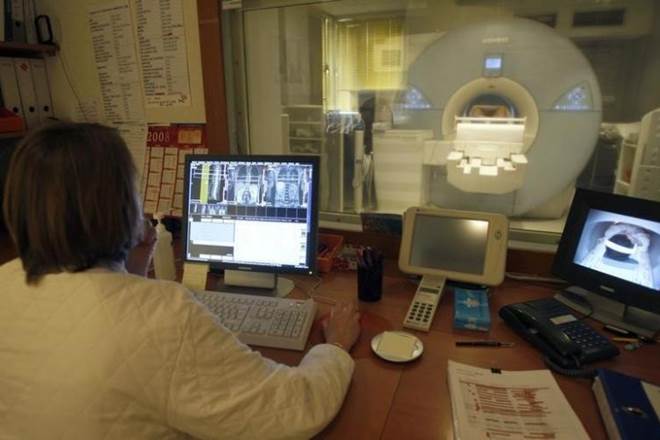WASHINGTON: Scientists have developed a new method to make magnetic resonance imaging (MRI) multicolour to improve disease detection.
Current MRI techniques rely on a single contrast agent injected into a patient’s veins to vivify images.
The new method uses two agents at once, which could allow doctors to map multiple characteristics of a patient’s internal organs in a single MRI.
“The method we developed enables, for the first time, the simultaneous detection of two different MRI contrast agents,” said Chris Flask, associate professor at Case Western Reserve University School of Medicine in the US.
Two contrast agents could include one specifically targeting diseased tissue, and one designed to show healthy tissue, for example.
The new method would enable immediate comparisons of how each agent distributes in the same patient.
“This multi-agent detection capability has the potential to transform molecular imaging, as it provides a critical translational pathway for studies in patients,” said Flask.
“It also provides a unique imaging platform to rigorously study molecular therapies,” he said.
Therapies could include those targeting biomarkers or other detectable molecules associated with diseases.
Two contrast agents, gadolinium and manganese, can be detected and independently quantified during MRIs, researchers said.
The results provide “an adaptable, quantitative imaging framework to assess two MRI contrast agents simultaneously for a wide variety of imaging applications,” they said.
The researchers have begun to investigate widespread practical applications for the new MRI approach.
“We validated our new methodology, opening the possibility for numerous follow-on application studies in cancer, genetic diseases such as cystic fibrosis, and metabolic diseases such as diabetes,” Flask added.
The research was published in the journal Scientific Reports. (AGENCIES)


